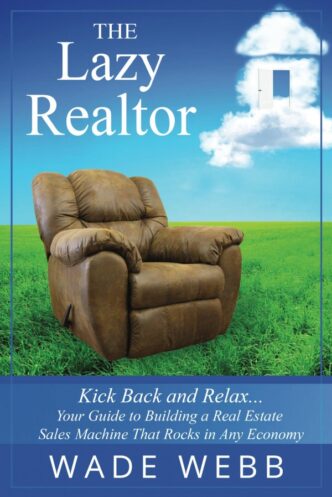
I remember reading about General Schwartzkopf and mentors who have shaped our beliefs about life and decision-making. He spoke of one of the generals he had worked for before he was the “Stormin’ Norman” we know him as today. He recalled a situation in which the man was asked to make a decision that had been stagnant for almost 10 years. The general just looked at them and he said, “The answer is obvious, gentlemen.” And then he gave them the answer. He said, “That’s our decision. Move on it.” After they left, Schwartzkopf went up to the general and said, “Permission to speak freely?” He replied, “Certainly.” He said, “General, I know you don’t have a clue what those guys were even talking about.” The general smiled at him and he said, “You’re right. I didn’t understand all of it.” And he said, “But you know what? This has been a decision that no one’s been willing to make for 10 years.” He said, “For 10 years they’ve talked about it, going back and forth. The best minds have been on it, and they can’t decide one way or the other, so you know what? We need to pick one and do it. So I just did. Because I believe now all the best people are going to go to work on it, and they’ll either make it work or they won’t. They’ll see it’s not working, and we’ll change directions, and we’ll do what’s right, but what’s happened right now is a logjam of nothingness. Decisions are power, and I’m here to make them. That’s what I’m in position for. That’s what I’m a leader for.”
Think about it. Trying to be perfect when it comes to decision-making is ridiculous. You’ve got to stop being fearful; you’ve got to stop worrying about failure. The only failure is failing to decide, putting off what inevitably you know you need to do. When I make tough decisions, I use a six-step process that not only helps me make the best possible decision, but also reduces the downside of any decision, because we all know decisions have power. I should mention all of this should be done on paper so you don’t get stuck “looping” through potential scenarios.
6 Steps to Making a Decision
- Get clear on your outcomes. What is the result you are after? Why do you want to achieve from it? You must be clear about your outcome(s) and its (their) order of importance to you. Remember, reasons come first, answers come second.
- Know your options. Write down all of your options, including those that initially may sound far-fetched. Remember this principle: One option is no choice. Two options is a dilemma. Three options is a choice. Write down ALL options whether you like them or not.
- What are the consequences? What are the upsides and downsides of each option? What do you gain by each option and what would it cost you?
- Evaluate your options. Review each of their upsides and downsides (consequences). Ask yourself: A) What outcomes are affected? B) How important (on a scale of 0-10) is each upside/downside in terms of meeting your outcomes? C) What is the probability (0-100%) the upside/downside will occur? D) What is the emotional benefit or consequence if this option were to actually happen? After completing this stage, you will be able to eliminate some options from your list.
- Mitigate the damage. Review the downside consequences for each of your remaining options. Then, brainstorm alternative ways to eliminate or reduce those downsides.
- Resolve. Based on the most probable consequences, select the option that provides the greatest certainty you will meet your desired outcomes and needs.
A) Select your best option and strengthen your resolve to make it work. B) Resolve that, no matter what happens, this option will give you a win. C) Design your plan for implementation and then take massive action.
Remember, it’s better to make a decision and monitor to see if you need to shift your approach than to remain paralyzed in indecision. So many of us don’t get done what we want to get done based on our inability to just make a decision. I challenge you to implement this 6 step process and start making decisions and stop the unrealistic expectation of perfection on yourself and get more done in 2018!!
Strength and courage,
Wade



